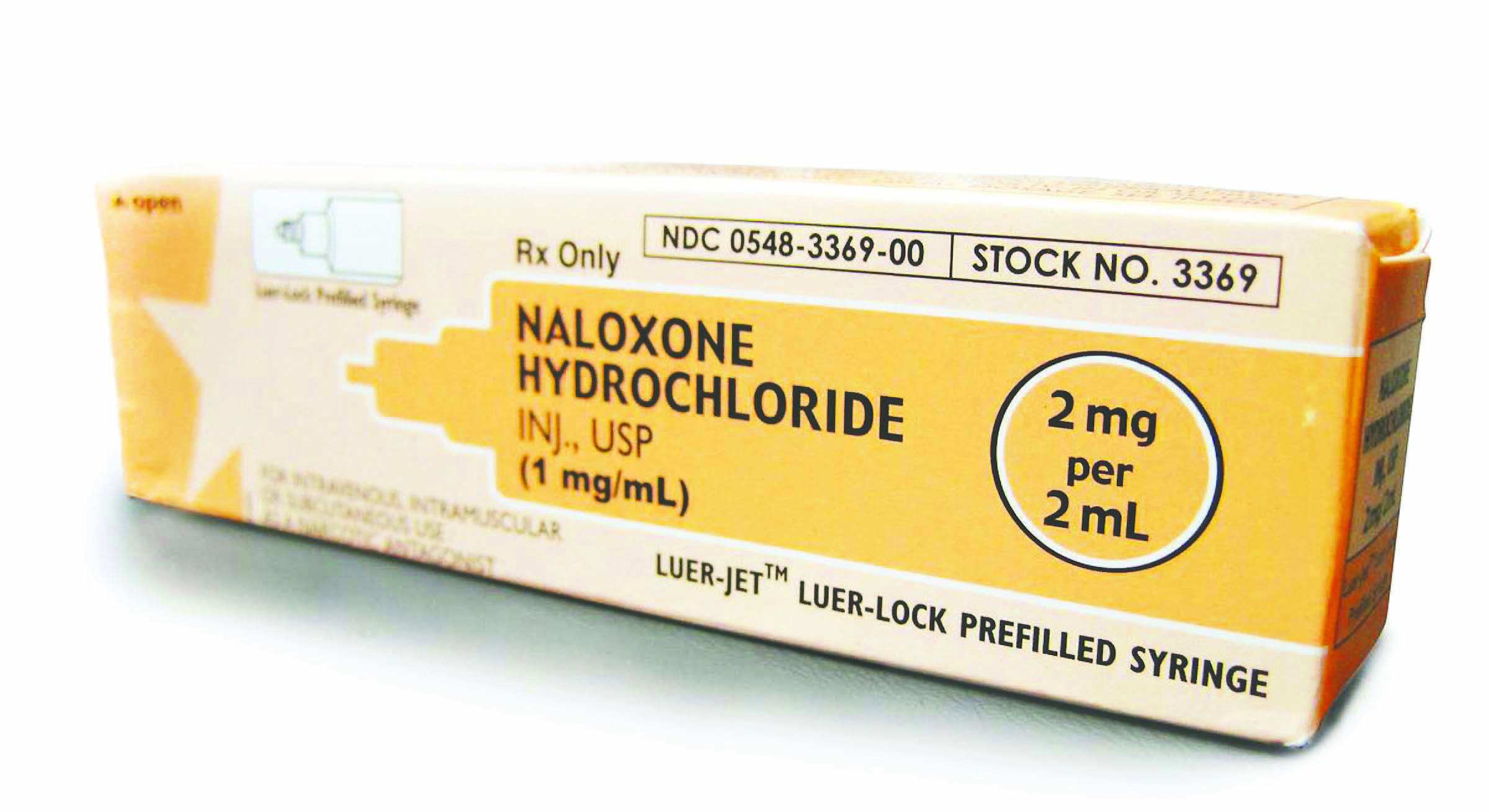FORKS — The Clallam County Board of Health will mull ways to fund a naloxone program officials say has saved the lives of nine people from heroin overdoses when it meets Tuesday.
It also will consider declaring such drug overdoses a reportable condition, thereby making them faster and more accurate to track.
The meeting will start at 1:30 p.m. in the Rainforest Arts Center, 35 N. Forks Ave.
Board members will consider how to continue supplying naloxone — which can counteract opiate overdoses long enough to summon medical help — through the Syringe Services program of the county.
The program allows heroin users to dispose safely of used syringes and receive new ones. It distributed 275,000 new syringes last year and received 274,946 used ones.
That statistic, said county Health and Human Services Director Iva Burks, counters the assertion that the county is supplying the syringes that people find discarded on the ground. The syringes cost 7 cents each.
Also since July, the program has distributed 84 of the 100 naloxone injector kits that had been donated to the county. Of those, nine have been used to save lives.
As of Friday, 15 kits remained for distribution, minus the kit that health official use for demonstrations.
Meanwhile, Port Angeles police officers, who also carry naloxone injectors, say they have saved another five people who had overdosed on opioid drugs.
The Evzio-brand auto-injectors don’t require users to fill a syringe from a vial of naloxone. They also come with training cartridges and recorded instructions.
A dose can be administered through a person’s clothing into his or her thigh in 5 seconds.
A dose lasts 20 to 90 minutes during which the patient must get medical help or face lapsing back into an overdose.
Julia Keegan, a nurse at the Clallam County jail, last month urged county commissioners to fund the naloxone program.
Commissioner Jim McEntire asked her to take her appeal to the Board of Health for a recommendation to commissioners. All three county commissioners also serve on the health board.
Continuing the county’s program would cost $400 per kit or about $40,000 a year.
“I know that’s a lot of money,” said Chris Hurst, director of public health programs for the county Health and Human Services Department.
“But to me it’s very difficult to put a value on a life. I think $400 would be pretty minimal.”
The board of health will make a recommendation to Clallam County commissioners, who will make the final decision on funding.
They also will consider county Health Officer Dr. Christopher Frank’s request to make overdoses a notifiable condition, meaning that doctors, clinics and other health care providers must report them to the county as they must for cases of measles, syphilis and other communicable diseases.
Heroin addiction has soared in Clallam County, whose death rate from prescription opioid and heroin overdose was 29 per 100,000 in 2013, nearly twice the state’s overdose death rate of 14.8 per 100,000, health officials have said.
Hurst said some of the people who overdosed on heroin and were saved by naloxone have entered treatment programs.
“It’s a life-changing event,” Hurst said about an overdose.
“That’s what we want, that moment of ‘I can’t do that anymore.’
“We want to keep more people alive to become able-bodied working citizens.
“It’s a shame that it needs an overdose for that to happen, but if that’s what it takes, that’s what it takes.”
_______
Reporter James Casey can be reached at 360-452-2345, ext. 5074, or at jcasey@peninsuladailynews.com.

